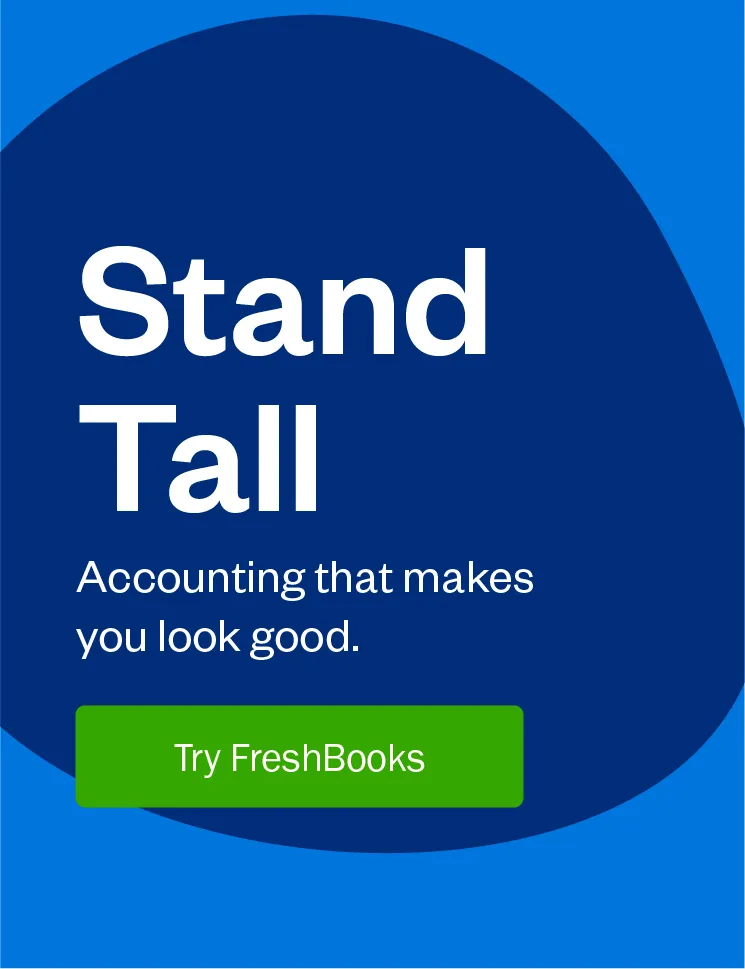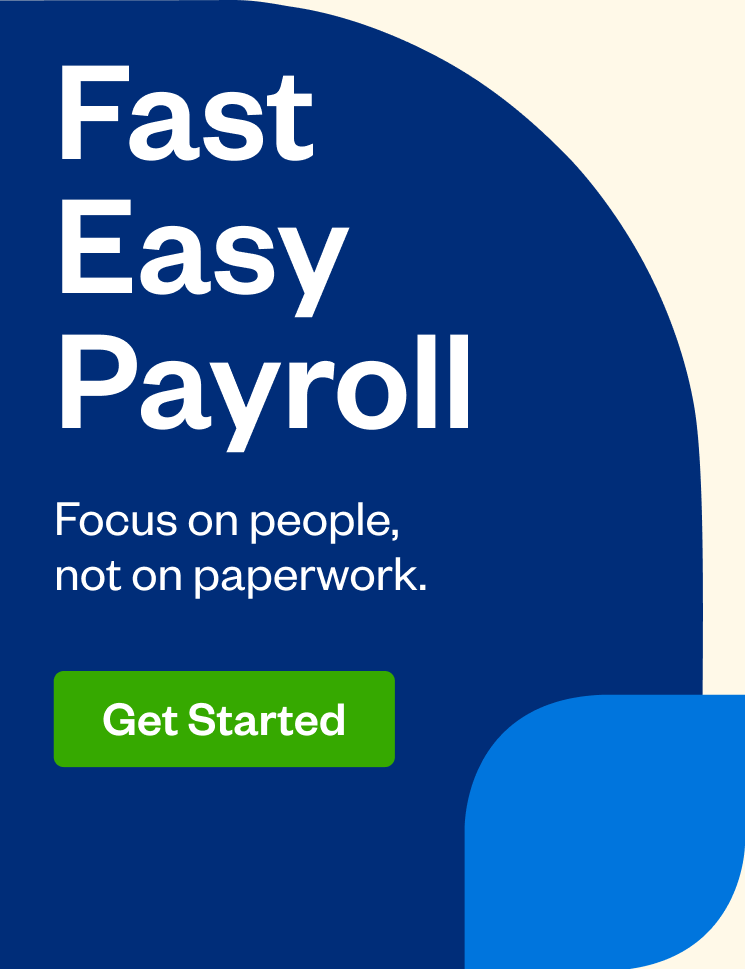9 ways you can use automation software to save time, so you can focus on high-value work.

Automation software can help you streamline manual tasks in your business processes. For example, tracking your income and expenses in spreadsheets, writing social media content that you manually post to your profiles, creating an invoice using Excel or Word, or sending follow up emails on a late payment – automation software will help govern your workflow management.
These repetitive tasks can consume your precious time and streamline business processes by removing you from more important, high-value work.
Think of what you could get done if you were able to free up the hours spent on these kinds of tasks every week. Enter automation software.
But what exactly is automation software? And why should you even care about automation tools?
Read on for the answers to these questions. Plus, an overview of 9 business tasks you can automate with several automation software tools.
Automation Software: What It Is
Automation software is software that (you guessed it!) automates specific processes that would otherwise require manual input SEO Update – aka routine tasks. Common examples include:
- Email marketing software to send emails to a large list instead of typing each email individually.
- Cloud accounting software to track income and expenses, create invoices and send late payment reminders.
- Social media software to schedule posts in advance that are automatically published to your profiles.
Automation Software: How It Helps Your Business
There are many benefits to using automation software to cut out routine tasks. These include:
- Time: It removes you from time-consuming tasks, so you have more time to concentrate on high-impact work. For example, instead of sending follow-up emails you could find new ways to boost productivity (e.g., 50-minute focus method) so you can get more done in less time.
- Cost-savings: It can help you save money as you can get more done without having to hire staff when you use automation tools. It also lowers operational costs by helping you uncover redundant processes.
- Improved process: It helps you standardize processes, so you achieve consistent results over time and make fewer mistakes. For example, you can reduce common invoicing mistakes (more on that later) with automation tools.
9 Tasks You Can Automate with Automation Software
Here are 9 tasks and automation software that you can use to help with your business processes:
1. Invoicing
If you still use Word and Excel to create invoices, you know just how tedious this process can be as it takes time and is prone to human error. Just think back to the time you forgot to include the purchase order (PO) number, addressed the invoice to the wrong person or failed to specify payment terms.
Some of these mistakes may not seem like a big deal, but they can be costly. For example, not specifying payment terms can lead to an invoice that is weeks overdue. Or failing to include a PO number when working with a large company can lead to back-and-forth emails and unwanted delays.
Even more, any errors you need to fix will require making adjustments before going through the lengthy process of saving the document as a PDF, attaching it to an email, typing a message and hitting send.
Then, there’s also the issue of sending late payment reminders via email, which leads to awkward money talk. These conversations can be a huge mental drain when you’re already anxious about getting paid.
Automation Software for Invoicing
Luckily, the right cloud accounting software automates your invoicing process by removing repetitive tasks and allowing you to:
- Create an invoice in no time with ready-to-go invoice templates and fields that are pre-populated. For example, you won’t have to worry about calculating the total invoice value or even inputting the date. Plus, you’ll have access to a “Duplicate” invoice feature so you can simply copy an existing invoice and start editing without having to create a new one from scratch.
- Set up recurring invoices that go out on a monthly schedule without lifting a finger.
- Create and send automatic late payment reminders, so you don’t have to worry about following up.
FreshBooks is one such cloud accounting provider. Besides invoicing, you have access to income and expenses tracking, project management tools and time tracking.
2. Tax Filing
If you’re a freelancer, you won’t have to worry about payroll taxes, but you will have to pay self-employment taxes. Self-employment taxes are filed quarterly, and it’s up to you to set aside cash to pay them.
Unfortunately, it’s easy to fall into the trap of not tracking your income and expenses (or waiting to the last minute). Automating tasks in incredibly vital to your business – without it, you can fall into common pitfalls, such as failing to track your finances properly or not setting aside enough money for tax season.
The result?
You’re left scrambling during tax season. Without your automation tools, the repetitive tasks of wading through bank statements in order to pay Uncle Sam becomes all too familiar. That’s not a position you want to be in. But it’s one you can avoid by using the right automation software.
Automation Software for Tax Filing
The right cloud accounting tool integrates with your bank account to automate expense tracking. It also helps you organize expenses into tax-friendly categories and automatically calculates your sales tax on each invoice.
FreshBooks is an example of one such tool.
And if you need help filing, the following providers can support:
3. Payroll
The payroll process can be complicated. You have to deal with tax considerations, onboarding procedures, payroll calculations, and local and state federal laws.
The process becomes even more complex if you’re managing payroll yourself. You, invariably, get pulled away from the high-growth activities you should be concentrating on thanks to payrolls multiple tasks.
You could outsource payroll by hiring a contractor, but you will relinquish some control and it will cost you more.
A better solution is to use payroll software that strikes the balance between doing it yourself and investing in a contractor.
Payroll Software Automation Tools
Payroll software saves you time by removing the paperwork and simplifying the many payroll repetitive tasks. For example, you can use it to run payroll on a recurring schedule, automatically calculate local, state and federal tax, and let employees onboard themselves.
Here are payroll software tools you can use:
4. Calendar Scheduling
We’ve all been through the frustrating and inefficient process of sending back and forth emails to agree on a time for a meeting or phone call.
For freelancers who work with international clients and for the clients themselves, it becomes even more annoying as you need to consider different time zones.
Calendar Scheduling Software
The solution is to use scheduling software that integrates with your calendar and factors in different time zones. This way, the automation software can ensure the chosen time works for both parties.
Examples include:
5. Password Management
Think of all the passwords you need to remember when logging in to platforms online. There’s your bank account, social media profiles, webmail, cloud accounting provider and all those free trials you signed up for.
That’s multiple platforms you’re forced to keep track of! It’s all too easy to forget your password and then have to go through the process of resetting it. Rather than having to remember all these different passwords, use a password manager tool to automate workflows.
Password Management Tools
Most password managers store all your passwords in a vault, so you only have to remember one password in order to open the automation tool. Examples include:
6. Customer Support Process
If you depend on customer support processes and are not using automation software, then you’re likely wasting time on manual processes. Not to mention costing your team hundreds of hours in productivity in the process.
Just think of all those small requests and questions your support team has to answer that could’ve been solved by a customer using an online knowledge base or FAQ page to optimize resources.
Automation Software for Customer Support
To get started with a customer service automation tool, use tools like:
7. Email Marketing
Writing emails individually and sending them to a large group of people can take a long time. By using email marketing automation software, you can create one email to send to a list of people at once.
Email Marketing Software Tools
The following tools not only help you send these mass emails but offer valuable assistance. You’ll be able to set up automated launch sequences, create post-purchase follow-ups and build email lists with one automation tool:
8. Social Media Marketing
It’s easy to spend a lot of time on the following tasks:
- Writing and uploading updates to your social media profiles.
- Figuring out what to say in your social media posts.
- Creating customer infographics for your posts.
- Managing your social media ads.
But use the proper social media tools, and you’ll solve all of these problems.
Automaton Software for Social Media
Social media marketing has seen a tremendous amount of growth in terms of automation. If there’s a function you want to automate, there’s an automation tool for it. For example:
- Buffer lets you create a social media schedule in advance and automatically publishes these posts on your channel without you even being in the office.
- MeetEdgar recycles your older blog content for republication.
- Quuu provides recommended social updates based on the topics you choose.
- Revealbot notifies you whenever your paid social media campaigns are losing money.
- Waaffle automatically aggregates user-generated content to push through to your social profiles.
9. Lead Magnet Design
A lead magnet is a free offer (e.g., an eBook or a webinar) you give to customers in return for their email address.
To create one, first choose an offer that’s relevant and useful to your audience. One that they can use to get results. For example, if you run a platform that helps freelancers, you may choose to create an eBook that addresses a common concern for them, such as how to determine rates.
Second, write the lead magnet. It’s a good idea to hire a writer if you don’t have the writing skills or time.
Third, package your design by converting it to the right format and including visuals like infographics and tables. An automation tool can help during the packaging process.
Software for Designing Lead Magnets
Never fear if you don’t have much in the way of design skills. The following tools are easy-to-use by non-designers:
- Canva: Use Canva’s drag-and-drop functionality to create beautiful graphics, visuals and images.
- Designrr: Transform your blog posts into well-designed graphic PDFs at the click of a button.
Start Using Automation Software Today
There’s no shortage of tasks that will benefit from automation software. Social media scheduling, invoicing, calendar scheduling and email marketing, are just a few tasks that would benefit from workflow management.
When you do decide to invest in automation software, make sure you prioritize what tasks are important in your business process automation. From there, you can eliminate time and human error in just a few clicks.
This post was updated in October, 2023.

Written by Nick Darlington, Freelance Contributor
Posted on August 17, 2020


 How Business Automation Liberates You and Your Team
How Business Automation Liberates You and Your Team Roundup: How to Overcome Your Worst Distractions and Increase Productivity
Roundup: How to Overcome Your Worst Distractions and Increase Productivity How to Increase Productivity Using the Pareto Principle (a.k.a. the 80/20 Rule)
How to Increase Productivity Using the Pareto Principle (a.k.a. the 80/20 Rule)





